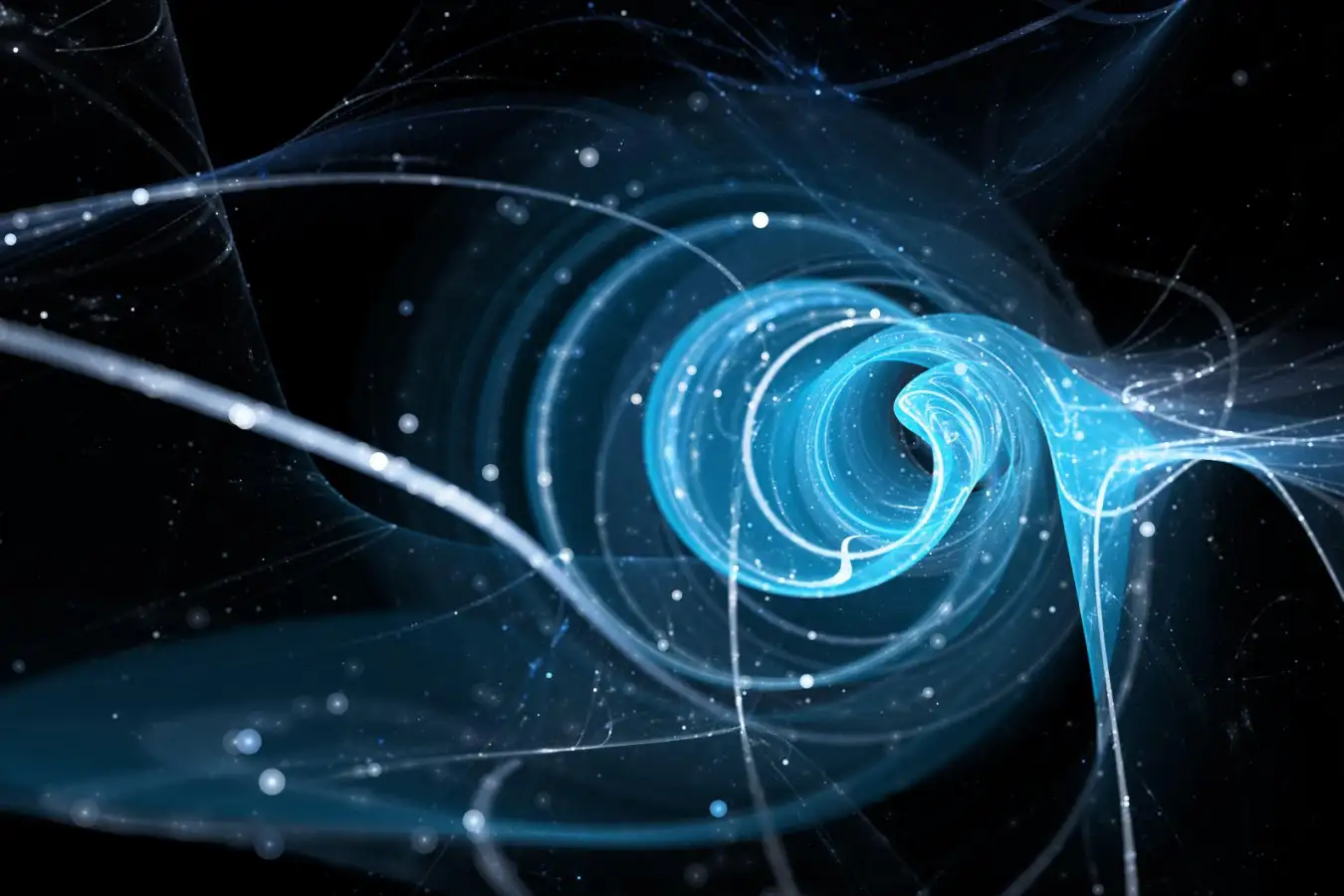
A quantum internet could offer secure communication around the globe
sakkmesterke / Alamy
One of the most complex quantum networks built to date would allow 18 people to communicate securely thanks to the power of quantum physics. The researchers behind the work say it offers a practical path to building a global quantum internet, but others are sceptical.
The long-promised quantum internet would allow quantum computers to communicate at distance by exchanging particles of light called photons that have been linked together by quantum entanglement. It would also allow networks of quantum sensors to be linked, or classical computers to send and receive unhackable communications. But wiring together a quantum world isn’t as simple as laying down cables, because ensuring that one node of the network can be entangled with another is a challenge.
Now, Xianfeng Chen at Shanghai Jiao Tong University, China, and his colleagues have shown how to link two quantum networks together. First, they built two networks, each with 10 nodes, which all shared quantum entanglement – effectively two tiny versions of a quantum internet. They then sacrificed one node from each network to fuse the two together into one larger, fully entangled network in which every pair among the 18 remaining nodes could communicate.
Networking 18 classical computers would be a simple task, requiring only extremely cheap components, but in the quantum world, it involves sharing individual photons between multiple users with timing so precise that it demands cutting-edge technology and expertise. Even communication between a pair of devices is complex, but allowing any pair among 18 users to communicate is unprecedented.
“Our approach offers a crucial capability for quantum communication across different networks and is advantageous for building a large-scale quantum internet that enables communication among all users,” write the researchers, who didn’t respond to a request for comment, in a paper about their work.
This network fusion, as the researchers describe it, requires a process called entanglement swapping. Photons can be made quantum entangled by carrying out a particular observation called a Bell measurement. Simultaneously measuring the state of one photon from each of two pairs of entangled photons effectively links the most distant two photons in the chain, but uses up the measured photons because any attempt to directly check their state destroys the fragile quantum equilibrium.
“This is not the first time entanglement swapping has been shown,” says Siddarth Joshi at the University of Bristol, UK. “What they have done is they have created a scheme where you can do the swapping between the networks in a bit more of a convenient way.”
Joshi says that quantum communications research is currently split between sending information between two devices over increasingly greater distances, sometimes even with one on a satellite, and trying to create protocols and methods for reliably networking lots of devices at short distances. This research falls into the latter camp. “Both of these are very important,” he says.
But Robert Young at Lancaster University, UK, says that, while the result is a phenomenal technical achievement that required skill and vast resources, he believes the cost and complexity make it unlikely to act as a prototype for future, wide-scale quantum networks.
“It’s just so far from practical, and it’s so far from anything that could be implemented in the real world,” says Young. “The claim of the paper is that this is the future of how you might fuse quantum networks, but there are just so many challenges to solve in achieving that that it’s frustrating.”
One problem is the need for so-called quantum repeaters to send information over long distances. Photons increasingly get lost in fibre-optic cables as distance increases, and because quantum information cannot be read and retransmitted – as measurement destroys the photons’ state – signals cannot be boosted along their path. A working quantum repeater would allow signals to be pushed along greater distances, but these devices have proved to be elusive to construct.
“Practically, building a quantum network, we know we’re really going to need some form of quantum repeater,” says Young – something this network demonstration doesn’t address.
Topics:
- internet/
- quantum computing
Source link : https://www.newscientist.com/article/2502425-advanced-quantum-network-could-be-a-prototype-for-the-quantum-internet/?utm_campaign=RSS%7CNSNS&utm_source=NSNS&utm_medium=RSS&utm_content=home
Author :
Publish date : 2025-11-04 10:37:00
Copyright for syndicated content belongs to the linked Source.